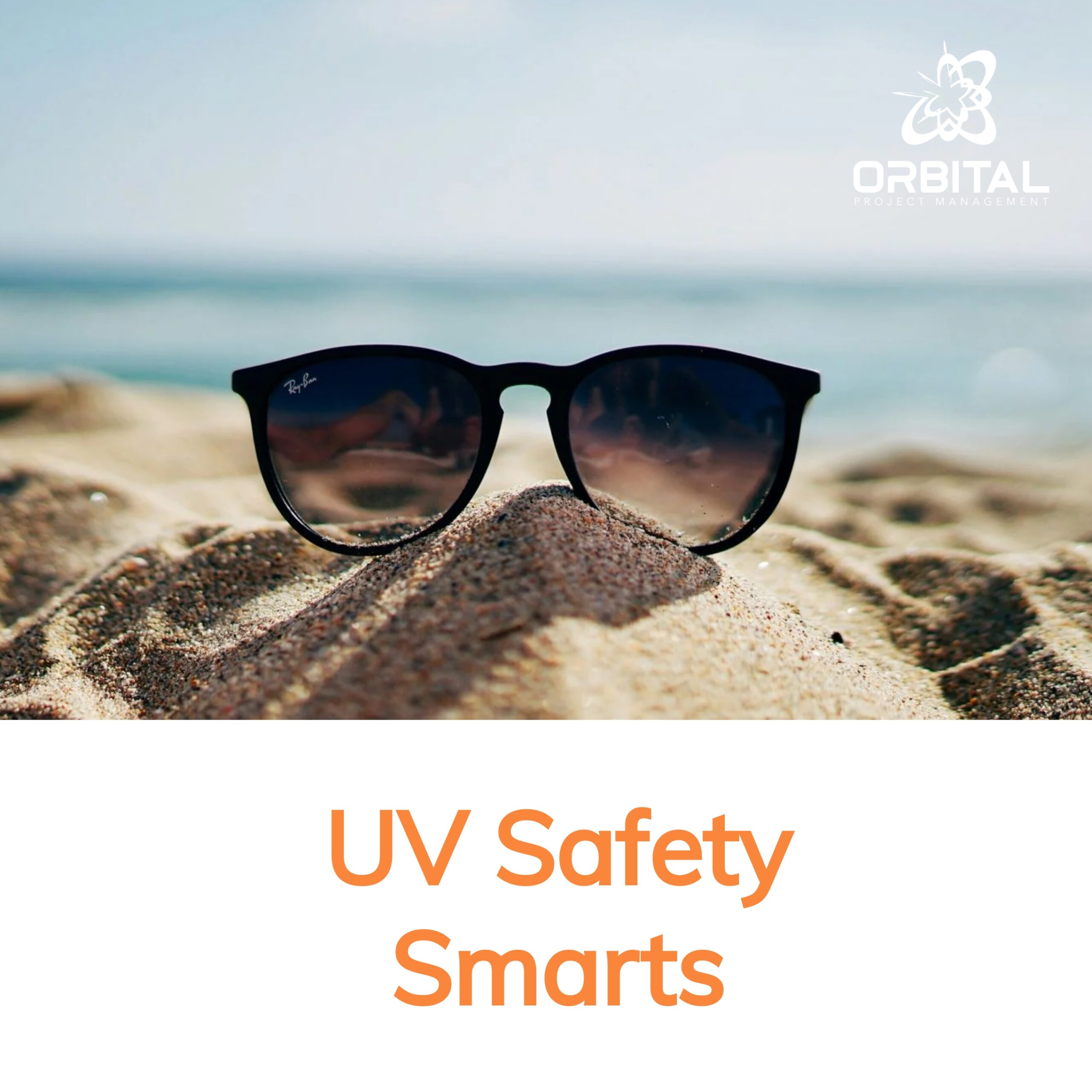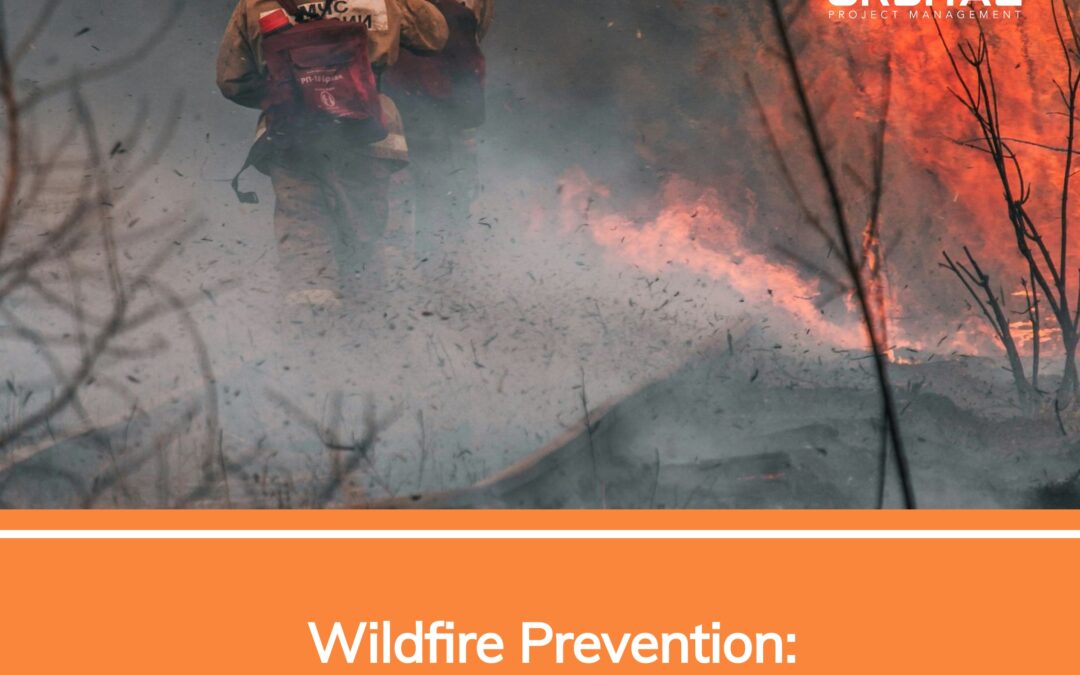by Kelly Warren, RN, BSN, STSC
Our knowledge related to ultraviolet radiation has come a long way since the days of eschewing SPF 4 Coppertone for baby oil…just to make sure we made the most of the summer rays. Do they even make sunscreen with an SPF under 30 these days?
Wow! Just checked. Turns out you can still get some SPF 4 if you’re after a “deep tan.” Congratulations, suntan competitors! Tell `em what they’ve won, Bob…
Sun-Damaged Tissues
That’s right. Everyone is eligible for this consolation prize if you’re not UV cautious. It isn’t limited to riding out a few days of sunburn pain either (or those peeling blisters, if you’re especially unlucky). UV exposure can cause “photoaging” resulting in a number of skin issues from cancers to wrinkles and permanent discoloration. And, it can impact more than just your skin.
See What I Mean?
UV exposure can have a wide-ranging impact on your eyes. Persons with extreme or cumulative long-term exposure are at increased risk for the following issues:
- Cataracts
- Cancer of the eye
- Damaged corneas
- Macular degeneration
- Surfer’s eye (sounds sexy, but it isn’t)
Being Sun Smart
Luckily, sun protection from UPF50 clothing to wide-brimmed hats has gained quite a following in social circles. Whether you’re dropping some serious coin for Maui Jim sunglasses and Tutu Blue full-body swimsuits or you’re just slathering yourself in SPF50 sunscreen and donning a wide-brimmed hat and a $10 pair of UVA/UVB sunglasses from the convenience store, there are ways to protect your skin and eyes for any size budget.
Watch the Clock
Minimizing exposure between the hours of 10a and 4p is the easiest way to prevent excessive UV radiation to your body. But it’s not the only reason to watch the clock…
If you opted for the topical sunscreen version of UV protection, be aware that you may need to reapply it every 2 hours or even sooner if you swim or sweat it off.
Not All Sunscreens Were Created Equal
Beyond the SPF number on the bottle lies a number of factors to consider when selecting the appropriate sunscreen. There are two primary types of sunscreens: chemical barriers and physical barriers. Some chemical sunscreens contain chemicals in concentrations exceeding what is considered safe for use on skin.
The “safest” sunscreens are physical barrier types (think white noses on surfers). These sunscreens typically contain zinc oxide or titanium dioxide. The downside is that they can be difficult to rub in and leave a white cast to the skin. The upside is that not only are they safer for you, they can keep ocean reefs safer as well.
Be Eco-Conscious
If you’re swimming in your backyard pool and find a chemical sunscreen deemed safe for use by an independent lab, then go for it. But if you’re headed to the ocean, especially tropical areas where corals and large numbers of reef fish are present, please opt for a zinc oxide or titanium dioxide version. Or heck, grab a full-body UPF50 suit and leave the sunscreen behind.
Win a Trip to Hawaii
Just kidding. Wanted to see if you made it this far. By signing up below, you can get The Nucleus delivered fresh to your inbox every month. Like a box of just-picked Dole Pineapples sent directly from central Oahu. Except a little less juicy.






